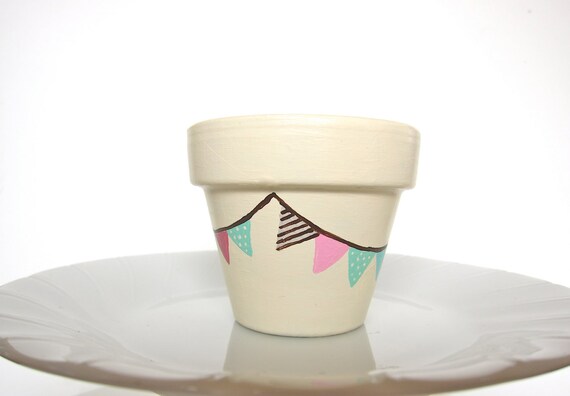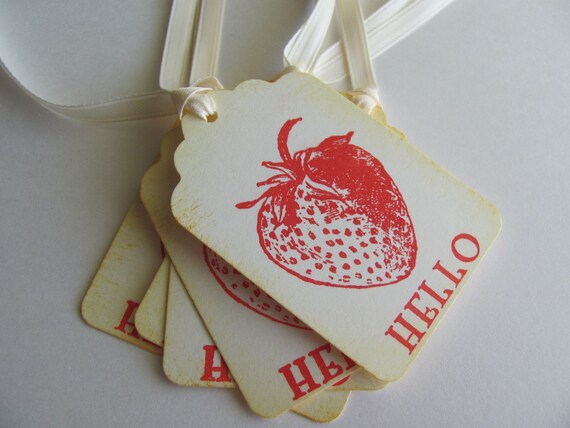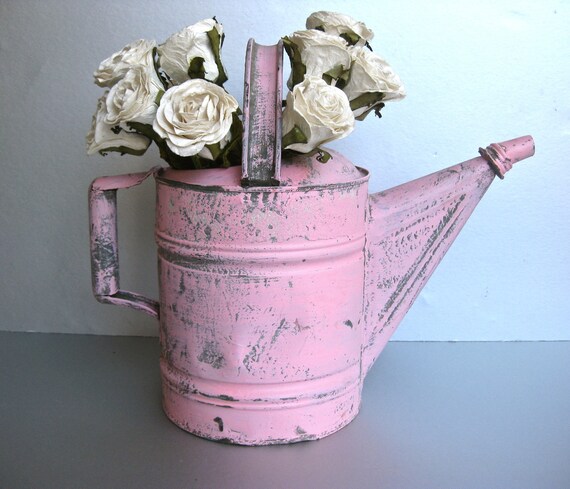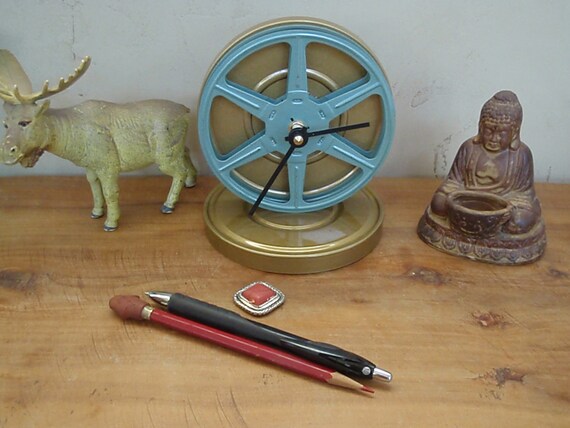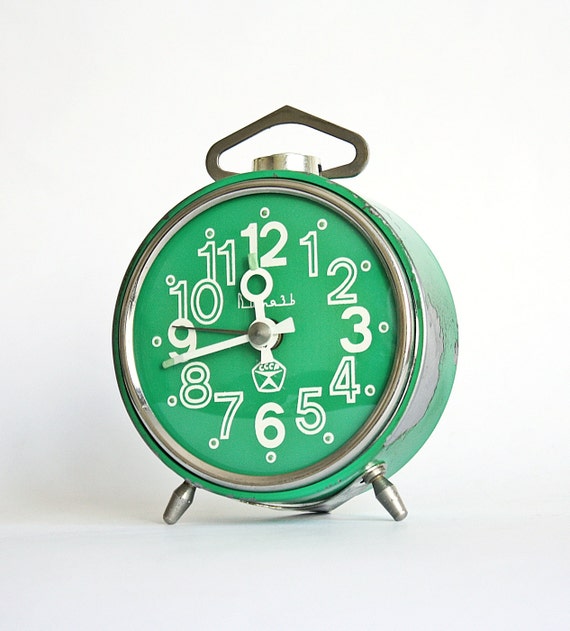This week's DIY installment for National Craft Month is a couple days later than I'd planned, but I promise it's worth the wait! Earlier this week I saw these
cork containers on a blog. My first thought was "How cool!" and my second was "I could make something like this!" So here it is, DIY cork containers.
1) You'll need: an aluminum can (label removed), a roll of cork (must be a roll, the pre-cut squares aren't flexible enough. Remember the pins will only go in as far as your cork is thick), a glue gun, scissors, measuring tape (or ruler) and some ribbon. Got everything? Ok, let's get crafting!
2) Measure the height and circumference of your can with the measuring tape (or ruler and ribbon). Cut cork to fit. Tip: cut cork a bit larger than you need and then trim down the edges. You want the seam to match up, not overlap, even a little gap is ok.
3) Run a line of hot glue around the bottom of the can and adhere the cork, lining up the edge with the bottom. It's best to go in sections.
4) Keeping the bottom attached, gently pull back one side of the cork. Starting about an inch back from the seam, apply hot glue to can. Push down firmly on cork as you move forward, ending at the seam. Repeat on other side. Again, it's ok if the edges don't line up (as you see clearly mine do not!).
5) Cut one piece of ribbon about two inches longer than the height of your can. Turn can bottom-side up, and adhere about half an inch of the ribbon to the bottom at the seam joint using hot glue.
6. Run hot glue along the seam joint, firmly pressing the ribbon in place as you move up the can. Adhere the extra ribbon to the inside of the can.
7. Cut another piece of ribbon about twice the circumference of the your can. Tie in a bow around the can. I chose not to glue this down so I could change out the ribbon in the future, but you can glue it down if you'd like.
8. And, we're done! This container makes a great pen holder in the office, utensil holder in the kitchen or make-up brush holder in the bedroom. Use it wherever you want to show off your crafty skills!









